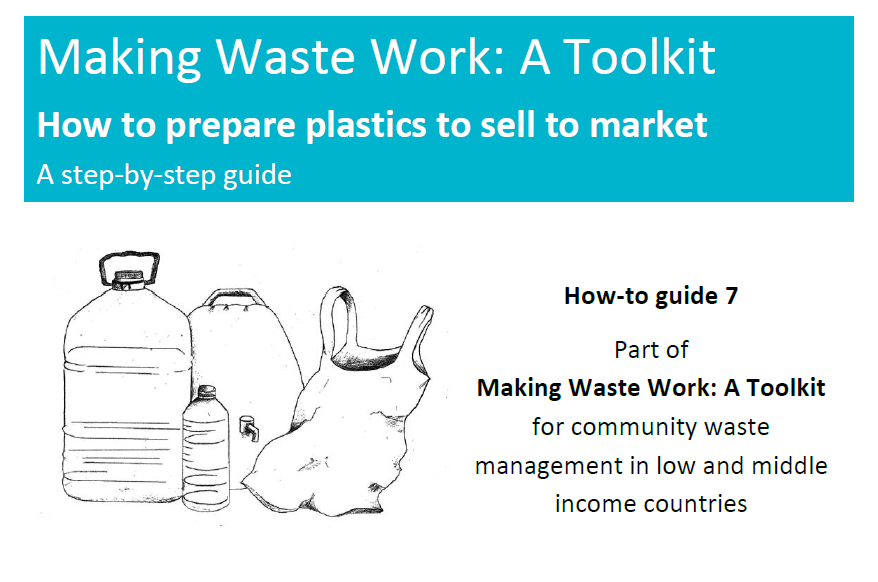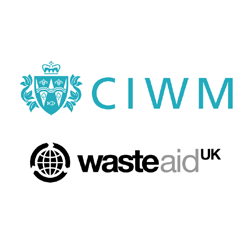A guide to identifying different types of plastics and preparing them for recycling.

bt Zoë Lenkiewicz and Mike Webster
Illustrated by Susan Hatfiel
![]()
If you work with plastics regularly you will soon find it easy to identify the most common types of plastic simply by their look and feel.
There are three other simple ways to identify different plastics.
1. See if you can find an identification number
2. Float test
Cut out a flat piece of the plastic, about the size of a coin and put it in fresh (not salt) water (it doesn’t have to be clean water):
- LDPE, HDPE, PP and PS float
- PET and PVC sink
3. Flame test
Only do the flame test if you have tried everything else and are still unsure which plastic it is. See PDF
CIWM & WasteAid UK

PROFILE
WasteAid UK is a charity working to make an impact on the global waste emergency by:
- Partnering with local organisations to improve the health, environment and livelihoods of people without waste services.
- Building the skills of local people to deliver practical solutions to the waste management crisis in their own communities.
- Raising awareness of the benefits of proper waste management and campaigning for greater change.
CIWM (Chartered Institution of Wastes Management) is the leading professional body for the resource and waste management sector, representing around 6,000 individuals in the UK, Ireland and overseas. It awards the title of Chartered Waste Manager to qualifying members.
The objectives of the CIWM are to advance the scientific, technical and practical aspects of wastes and resource management worldwide for the safeguarding of the natural environment, to promote education, training, and research in wastes and resource management, and the dissemination of knowledge of the topic; and to strive to achieve and maintain the highest standards of best practice, technical competence and conduct by all its members.
www.ciwm.co.uk
